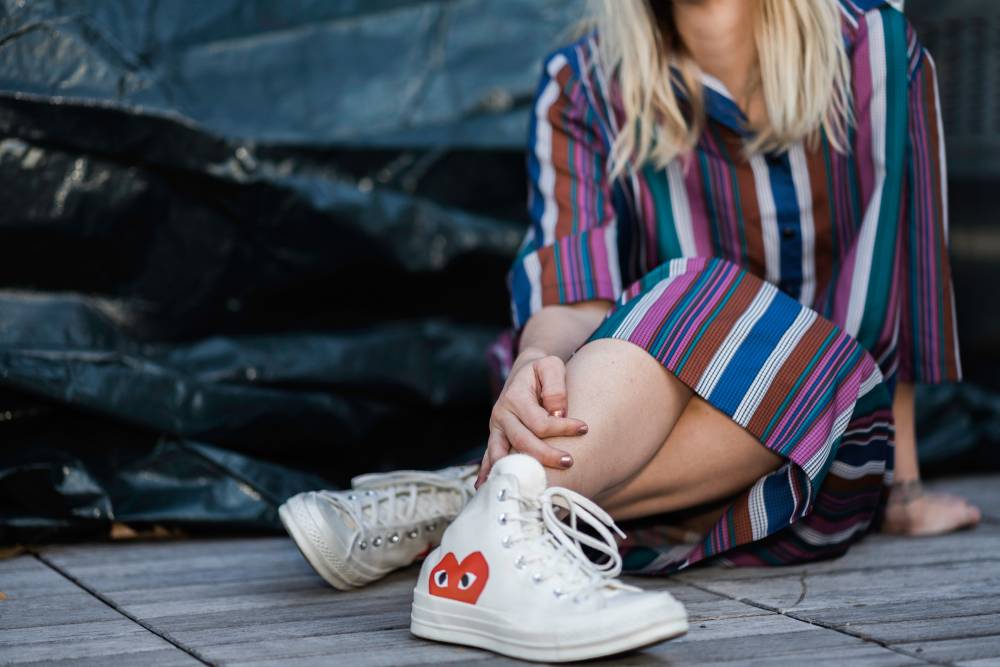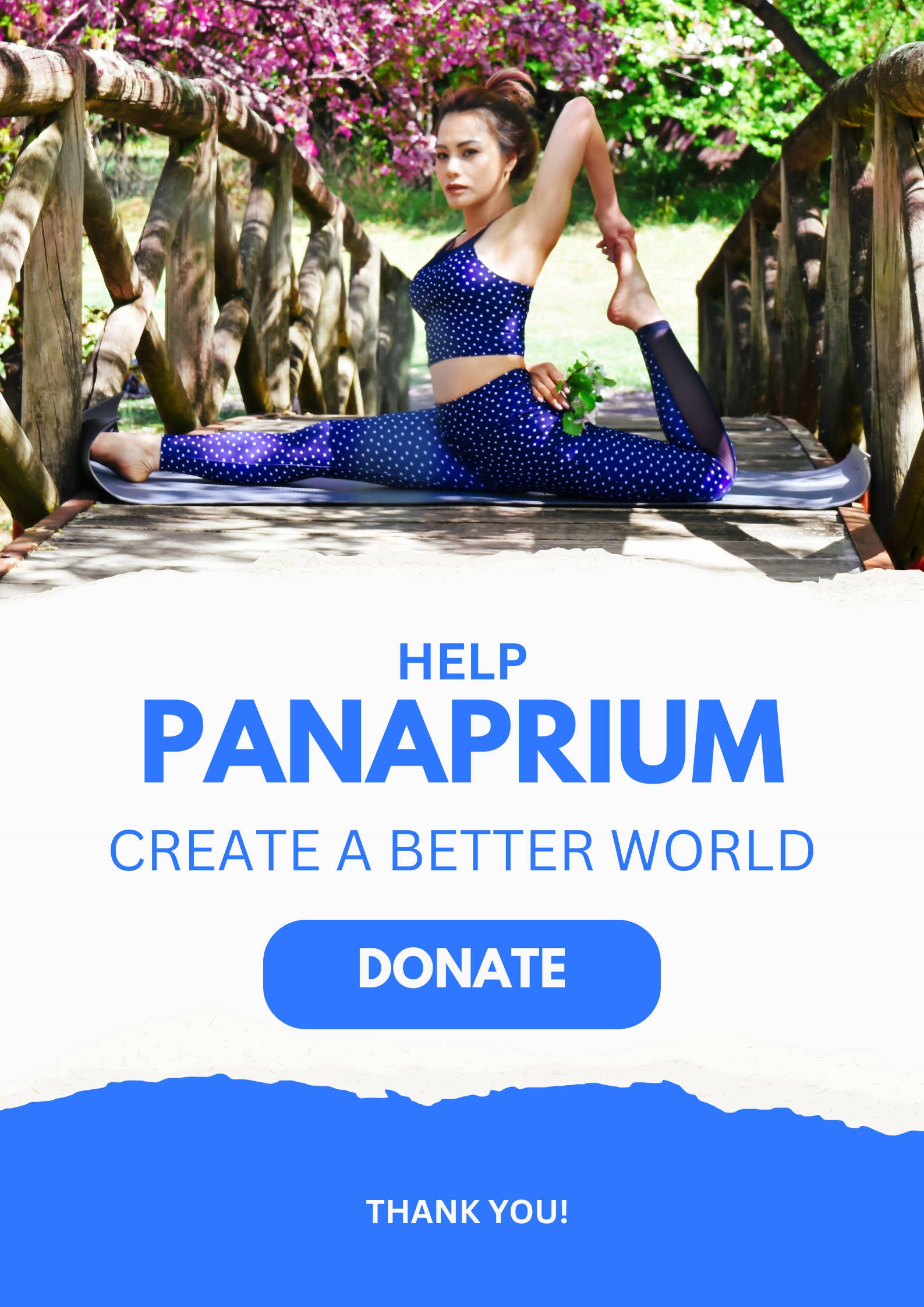
People are wearing their clothes for a decreasing number of times around the world. Ask yourself how many times have you worn the pieces that are on you today? Probably a lot less than you realize.
The number of times the average piece of clothing is worn happens to be about 120 times globally. That number has been decreasing drastically over the last 15 years.
Clothing utilization is the average number of times a garment is worn before it ceases to be used.
Understandably, low-income countries have a relatively high rate of clothing utilization. Whereas more developed countries have much lower rates on average.
For example, in the United States, clothes are only worn for around a quarter of the global average, as reported by the Ellen MacArthur Foundation based on the data of Euromonitor International.

Ellen MacArthur Foundation, A new textiles economy: Redesigning fashion’s future (2017)
It's fun to buy new clothes and replace used items. But it's not helping the planet or your budget.
16.9 million tons of used textile waste is generated each year in the United States, as reported by the EPA. The average American throws away 70 pounds of clothing every year.
It's more ethical and sustainable to invest in durable and high-quality pieces that you can wear many times over and over again.
Unfortunately, most people don't want to be seen in the same outfit too often. And with fast fashion rising in popularity, the average piece of clothing is only worn a few times before being too old to be used again.
Fast fashion is responsible for huge growth in the textile and apparel industry over the last 20 years. Fast fashion brands and retailers such as H&M, Zara, C&A, Primark, Forever 21 grew massively into large corporations.
But fast fashion isn't sustainable or ethical. The overproduction and overconsumption of cheap disposable clothing lead to an enormous quantity of textile waste, water, air and soil pollution, and greenhouse gas emissions.
Cheap new trendy clothing inspired by runway shows pushed to high-street stores every week is fast fashion. This encourages consumers to buy more. It also makes clothes disposable as they are being replaced with new trends rapidly.
Learn more about the disastrous social and environmental impact of fast fashion in my article on is it OK to buy fast fashion.
Barnardo's, an organization supporting children in need of help and offering clothes, found in their 2015 survey of about 2,000 women in the United Kingdom that respondents on average wore an item seven times.
33% of women who responded to the survey consider clothes become old after wearing them fewer than three times. The main reason to never wear an item again is a change in weight (49%).
It's undeniable that the rise of social media has heavily influenced consumers shopping behaviors. Very few people want to appear in the same outfit twice on social media (Instagram, Facebook, Twitter, Pinterest).
It's also true that most consumers keep more clothes than they need. They have lots of clothing in their wardrobe that they will never wear again.
"We're all guilty of wearing an outfit a few times and then forgetting about it, but we were surprised to find the average woman's wardrobe has at least 10 items that will never be worn again."
- Zoe Abrams, Executive Director of Communications & Advocacy, British Red Cross
Why not take a good look at what you already have, sorting out what you don't necessarily need at the present moment, and giving or selling it away?
Do you think you could use more room in your closet for better items? Then read up my list of 20 types of clothes to get rid of right now.

Fast fashion is the largest contributor to growth in the clothing industry. But it's extremely costly to human health, animals, and the planet.
Fast fashion and excessive clothing consumption have a catastrophic impact on the environment. McKinsey estimated in 2016 that CO2 emissions will increase by 77%, and water consumption by 20% from 2015 to 2025 if we don't change.
The fast-fashion business model has to evolve to become ethical and environmentally friendly. It's now more than ever necessary to change the way we design, produce and consume clothes to protect the Earth and the people living on it.
A great way to do so is to increase the number of times the average piece of clothing is worn all over the world. It's a direct lever to decrease air, land, and water pollution. It would also limit greenhouse gas emissions and climate change.
Clothing has to be perceived more like an investment and a durable product instead of a disposable item.
Fashion designers and brands must now commit to design garments that last. They should stop pushing for low prices and cheap raw materials.
As consumers, we have the power to make the fashion industry's transformation happen faster. We decide what clothes we buy and who we support with our money.
Support ethical fashion brands and look for high-quality pieces that will last you for years. Learn about materials and fabrics, which are natural, organic, recycled, and eco-friendly.
If you don't know what should be on the labels of the clothes you are buying, read up my article on the top 10 sustainable and eco-friendly fabrics.
About 10% of the world’s total carbon footprint comes from the textile and apparel industry. The fashion industry is also the second-largest polluter of fresh water globally. This has to change and you can help with very simple adjustments.
You shouldn't stop buying new clothes or cease shopping altogether. Just subscribe to more sustainable ways of consuming fashion.
It will be less costly for yourself, other people, and the planet. It's better to buy less and higher quality.
Think twice about each item when out shopping for new clothes. Consider if it fits your current lifestyle, if you already have something very similar in your wardrobe, and how long you can see yourself wearing it.
Remember the more times you can wear an average piece of clothing, the better for your budget and the environment.
How many times on average do you wear your clothes? Tell us in the comments below.
Was this article helpful to you? Please tell us what you liked or didn't like in the comments below.
About the Author: Alex Assoune
What We're Up Against
Multinational corporations overproducing cheap products in the poorest countries.
Huge factories with sweatshop-like conditions underpaying workers.
Media conglomerates promoting unethical, unsustainable products.
Bad actors encouraging overconsumption through oblivious behavior.
- - - -
Thankfully, we've got our supporters, including you.
Panaprium is funded by readers like you who want to join us in our mission to make the world entirely sustainable.
If you can, please support us on a monthly basis. It takes less than a minute to set up, and you will be making a big impact every single month. Thank you.































0 comments